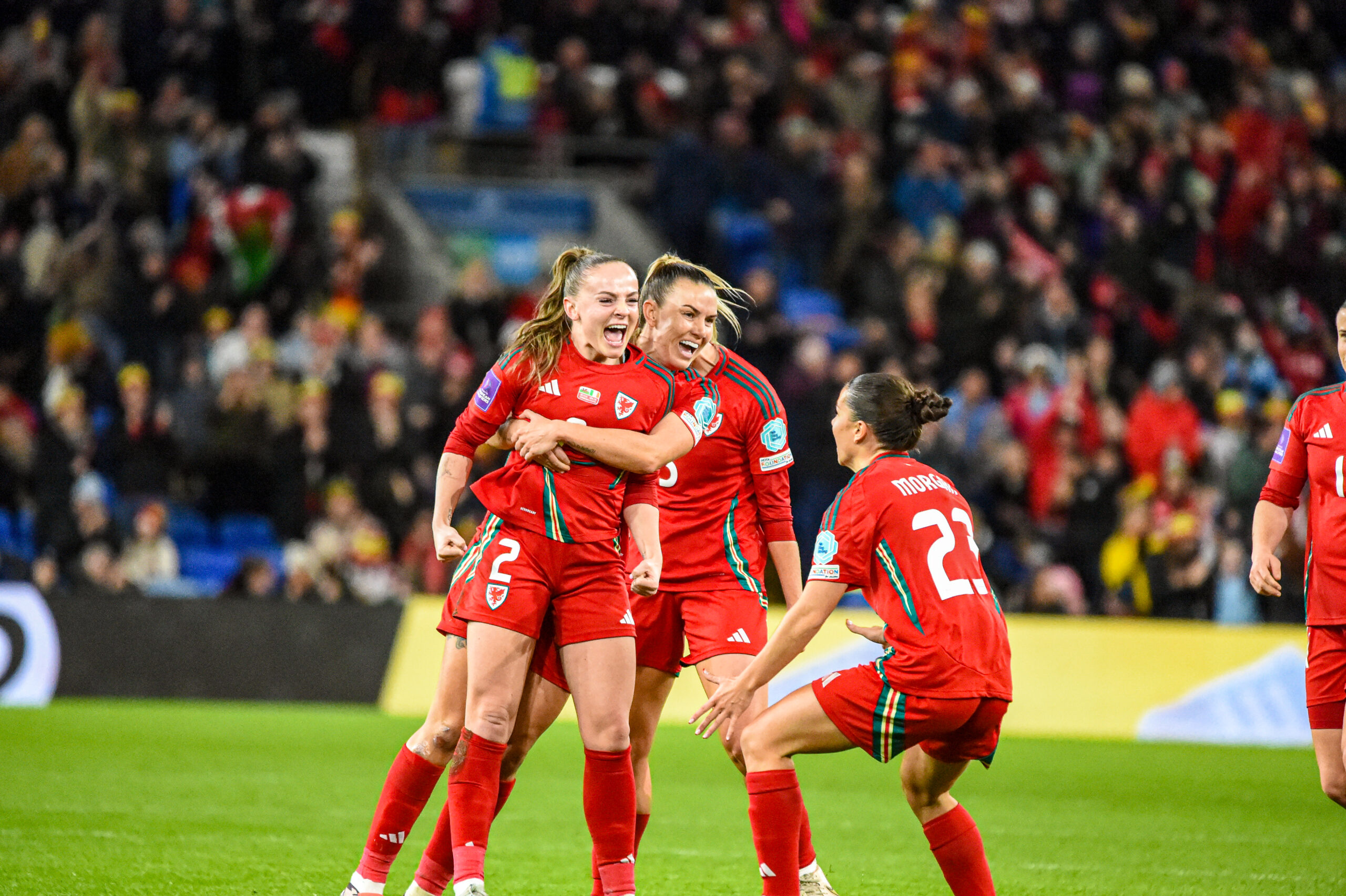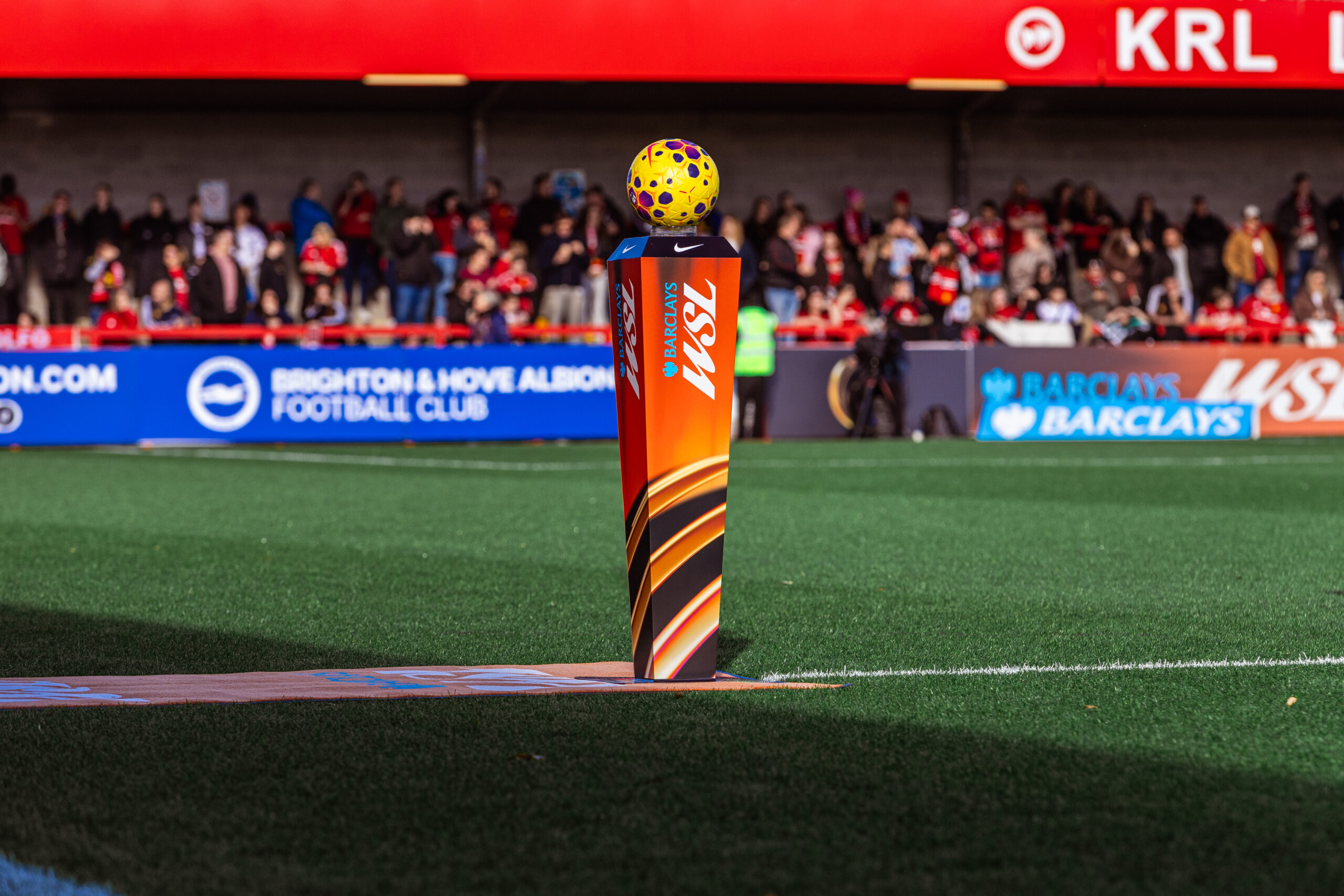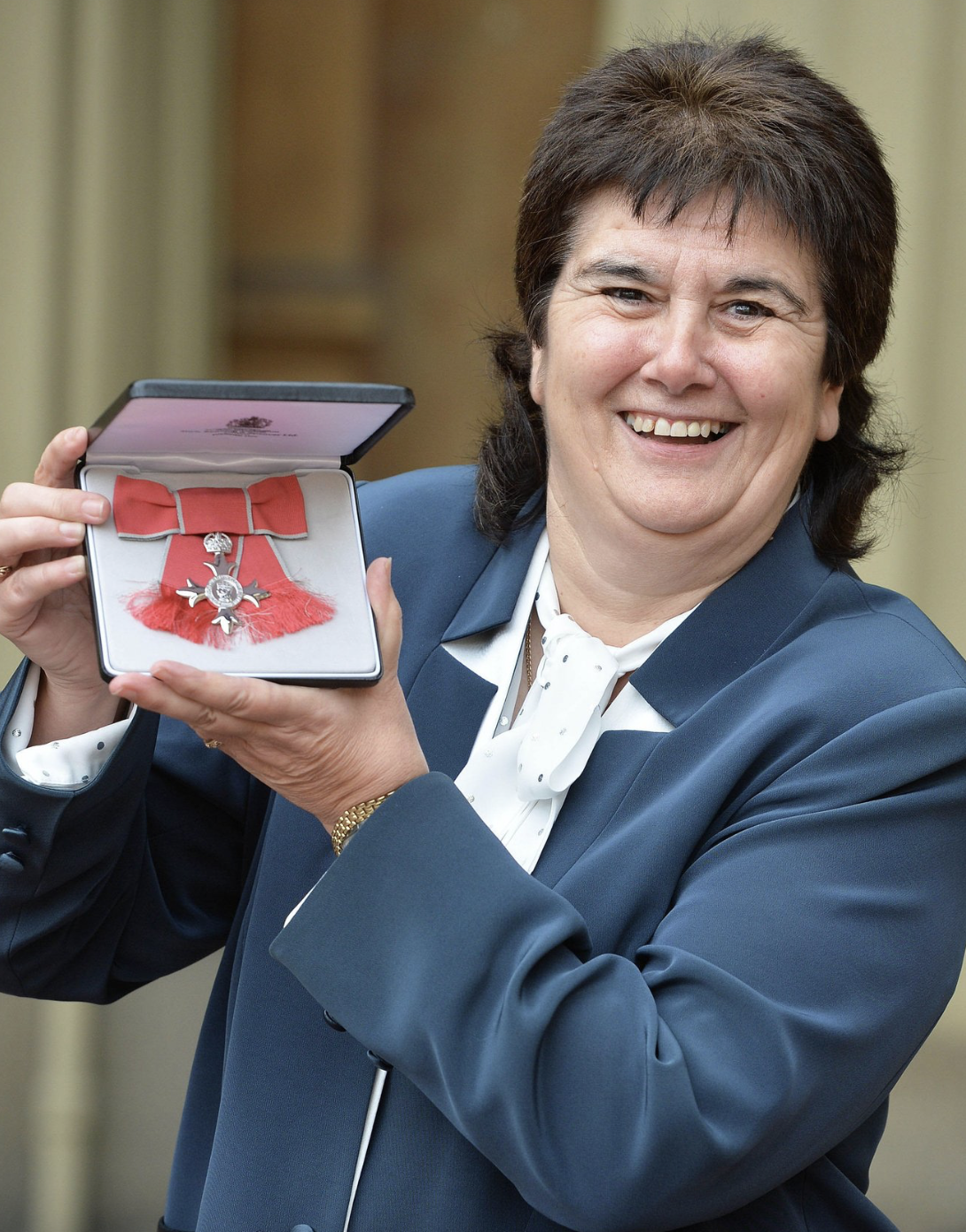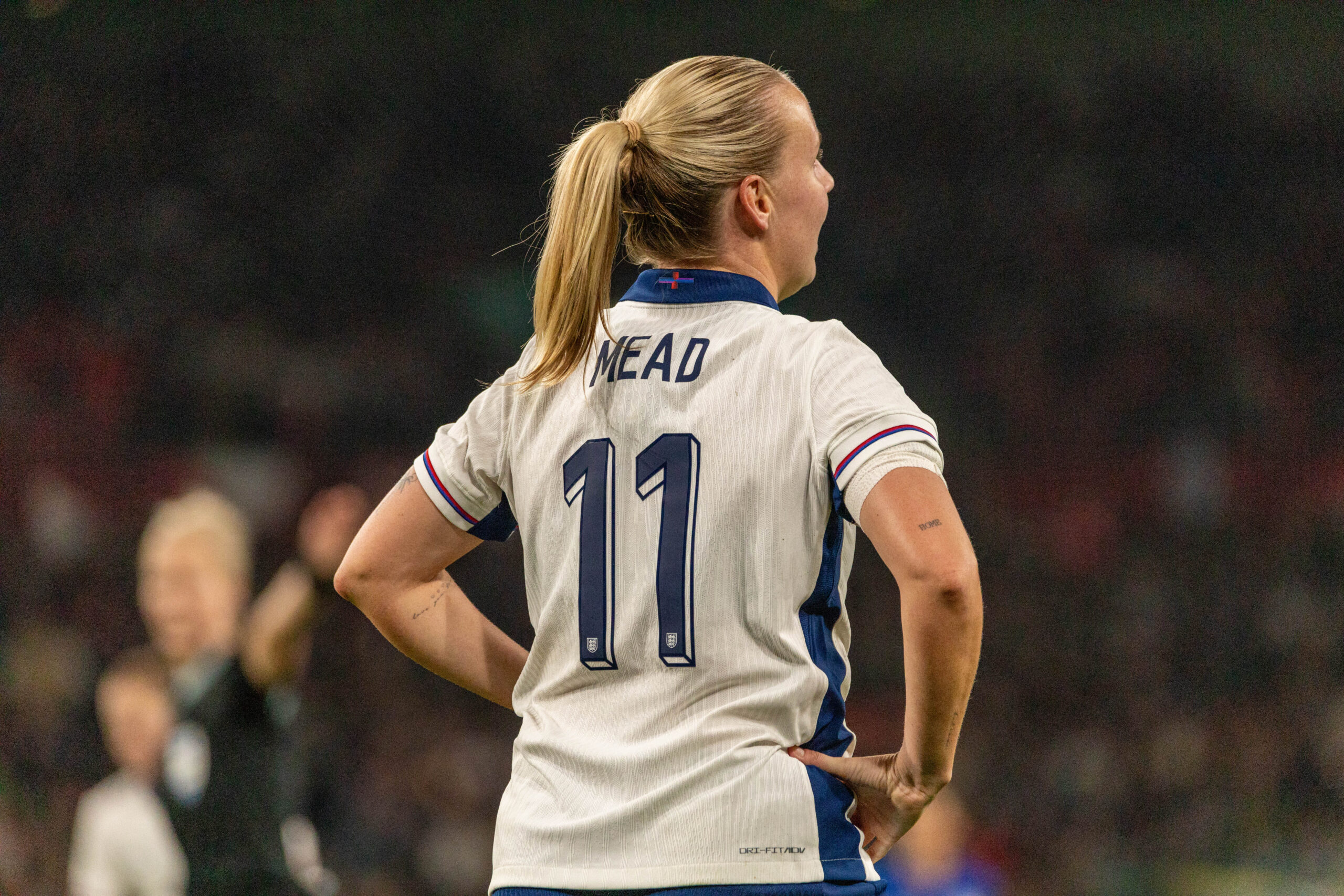With the growing popularity of women’s football, the life of a semi-professional female footballer remains a challenging balancing act. In Wales, the top-tier league offers the highest level of competition, even a chance to qualify for the UEFA Women’s Champions League, but the demands on players extend far beyond the pitch. This is the story of a 19- year-old female semi-pro footballer, who, despite her successes, faces significant hurdles as she navigates her career in football. Opting to remain anonymous, she shared her experiences and the realities of life as a semi-professional athlete.
Balancing Act: Football, Coaching, and Education
Our interviewee has been playing at the highest level of Welsh football for a few years and has seen considerable success. However, her passion for the sport goes beyond just playing; she also dedicates time to coaching youth football part-time. “If I want any better pay in the sports industry, I need to study a sports-related degree,” she explains. Currently enrolled in a local university, she juggles her academic commitments with her football and coaching duties.
The demands of her football career means she needs to maintain the fitness levels of a professional athlete. This involves training two to three times a week and playing a match every week or so. Despite the club’s support, which includes some financial compensation, it’s not sufficient to cover all her expenses. “It’s very difficult,” she says, noting the additional costs of driving, buying healthy food, and purchasing training equipment.
The Financial Strain and Gender Disparity
One of the most significant challenges she faces is the financial strain. The pay she receives from her club is not enough to live off, making it hard to support herself while pursuing her passion. This financial struggle is compounded by the gender disparity in semi-professional football. “If you look at male semi-pro footballers, it’s a very different landscape. The pay is much better, even in non-league football, when we’re attracting bigger crowds than them,” she points out.
The lack of support and fewer organizations dedicated to women’s football exacerbates the situation. “There are many more organizations and governing bodies solely for men’s football, which is expected, I guess, because they’ve been bigger for much longer. But it’s very hard to survive at this level. There’s been improvements, especially from the FA and FAW but there’s still a long way to go” she adds.
Planning for the Future
Despite the on-pitch success, the pathway to a sustainable career in football remains uncertain. The next step up would be the Women’s Super League (WSL), but the leap requires significant self-support. “To make that kind of a jump, you still need to be able to support yourself, which is hard,” she explains. At the semi-pro level, balancing football with getting a degree is crucial for her future. “I won’t make enough playing in the WSL to retire and not have to work further,” she says, highlighting the importance of planning for a career post-football.
A Call for More Support
The experiences shared by this young footballer underscore the need for more support and investment in women’s football, particularly at the semi-professional level. While the sport has made great strides in popularity and recognition, the financial and structural support systems have yet to catch up.
Her story is a testament to the dedication and hard work of many female athletes who continue to pursue their dreams despite the challenges. As women’s football continues to grow, it is essential to address these disparities to ensure that players at all levels can thrive and succeed, both on and off the pitch.
England Football: Emerging Talent Centres
Premier League Investment in Women’s and Girls’ Football



